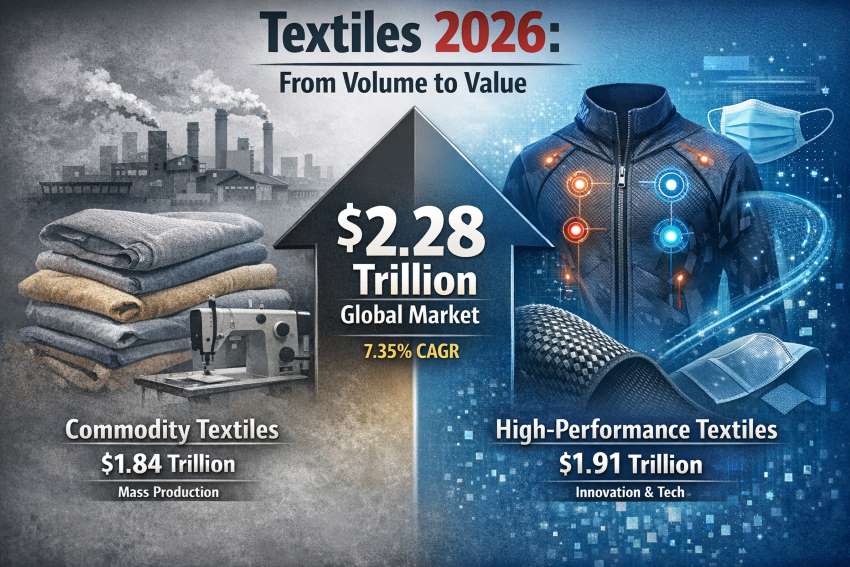
After a strong first half of the year, the EU economy has now entered a much more challenging phase. The EU is among the most exposed advanced economies, due to its geographical proximity to the Russo-Ukrainian war and heavy reliance on Russian gas. The energy crisis is eroding households' purchasing power and weighing on production. Economic sentiment has fallen markedly. Growth in 2022 was better than previously forecast and GDP growth in the EU was on the upside in the first half of 2022. Expansion continued in the third quarter, though at a considerably weaker pace. The potent momentum from 2021 and strong growth in the first half of the year have lifted real GDP growth in 2022 as a whole to 3.3 per cent in the EU (3.2 per cent in the Euro area).
Growth expected to slacken
However, the growth outlook for 2023 is significantly weaker and higher for inflation compared to the European Commission's Summer Interim Forecast. Growth will significantly contract at the turn of the year. Amid higher uncertainty, energy price pressures, erosion of households' purchasing power, a weaker external environment and tighter financing conditions were expected to tip the EU, the euro area and most member states into recession in the last quarter of the year.
As inflation keeps cutting into households' disposable incomes, the contraction of economic activity is set to continue in the first quarter of 2023. Growth is expected to return to Europe in spring, as inflation gradually relaxes its grip on the economy. However, with powerful headwinds still holding back demand, economic activity is set to be subdued, with GDP growth reaching 0.3 per cent in 2023 as a whole in both the EU and the euro area. By 2024, economic growth is forecast to progressively regain traction, averaging 1.6 per cent in the EU and 1.5 per cent in the Euro area. The predicted inflation in 2023 will be around 7 per cent; current inflation in the EU is 9.3 per cent and 8.5 per cent in the Euro area.
Strong labour market remains undaunted
The surprising fact in the report is about EU’s labour market. The robust labour market seems unaffected despite the challenging environment brought on by the looming recession and inflation. Currently, employment and participation are at their highest and unemployment at its lowest in decades. The forceful economic expansion pulled in an additional two million people into employment in the first half of 2022, raising the number of employed persons in the EU to an all-time high of 213.4 million. The unemployment rate remained at a record low of 6 per cent in September. Labour markets are expected to react to the slowing of economic activity with a lag but will remain resilient. Employment growth in the EU is forecast at 1.8 per cent in 2022, before coming to a standstill in 2023 and moderately edging up to 0.4 per cent in 2024.
Weak outlook for clothing sector
Derived from the EU Commission’s September 2022 survey on European Business Cycle indicators and Business Consumer Survey (subsector database), the EU Business Confidence indicator for the months ahead deteriorated, reflecting these energy-related challenges and increased economic uncertainty. Managers’ confidence fell sharply in the textile industry, going markedly below its long-term average and to pre-Covid level in the fourth quarter of 2019. The textile industry’s confidence indicator for the months ahead dropped substantially (-6.3 points), resulting from managers’ more pessimistic views on their production expectations, on their appraisals of stocks of finished products (accumulation of stocks), and of order-book levels.
The indicator in the clothing sector decreased more moderately and in September 2022 was down by -1.1 points. The decrease in confidence resulted mainly from negative developments in manager’s appraisals of the order-book levels. By contrast, entrepreneurs’ production expectations for the months ahead improved, as their assessments of the adequacy of finished products stocks (reduction of stocks). The employment expectations and the assessment of export order-book levels, which are not included in the headline indicator, worsened. To summarise, the EU’s clothing and textile sector is set to contract and this contraction will negatively impact on a wider scale through supply chains from other nations.












